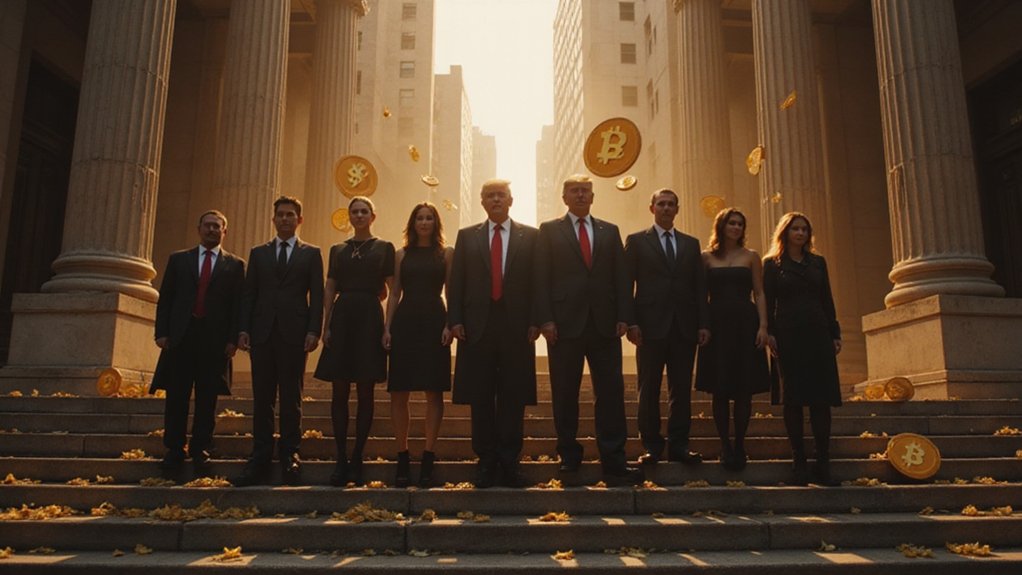The specter of incarceration now looms over Hungary’s estimated 500,000 cryptocurrency holders, as the nation’s newly amended Criminal Code—effective July 1, 2025—introduces prison sentences of up to two years for trading as little as $14,600 worth of digital assets on unauthorized exchanges.
Hungary’s draconian crypto crackdown threatens half a million citizens with prison for trading mere thousands on unauthorized exchanges.
This legislative gambit positions Hungary as Europe’s most draconian cryptocurrency jurisdiction, surpassing even the European Union’s Markets in Crypto-Assets (MiCA) regulation in sheer punitiveness. The penalties escalate with Kafkaesque precision: trading between $145,950 and $1.46 million warrants three years imprisonment, while exceeding $1.46 million triggers a five-year sentence.
Exchange operators face even harsher consequences, with potential eight-year terms for facilitating trades above the highest threshold.
The framework’s immediate impact proved swift and merciless. Major platforms including Revolut and Bitstamp suspended services for Hungarian users rather than navigate the undefined compliance labyrinth. This exodus occurred precisely because no official list of authorized exchanges exists, creating a regulatory vacuum that renders virtually all crypto trading potentially criminal.
Perhaps most remarkably, the Hungarian National Bank now oversees this sector despite offering zero guidance on licensing procedures. The Supervisory Authority for Regulatory Affairs (SZTFH) has been granted sixty days to develop compliance frameworks—a timeline that would be ambitious for drafting a parking ordinance, let alone restructuring an entire financial sector.
The legislation’s breadth encompasses casual holders alongside professional traders, eliminating traditional distinctions between retail and institutional activity. This egalitarian approach to criminalization means a university student exchanging $15,000 worth of Bitcoin faces identical legal jeopardy as seasoned institutional traders, provided both use “unauthorized” platforms.
Industry observers note the delicious irony: Hungary’s crypto community now confronts greater legal risk than drug dealers in many jurisdictions. The chilling effect extends beyond immediate trading activity, potentially triggering an exodus of crypto talent and investment from a nation that previously positioned itself as innovation-friendly.
The regulatory environment remains deliberately opaque, with compliance procedures undefined and authorization criteria unspecified. This uncertainty transforms every crypto transaction into a potential criminal act, effectively criminalizing an entire asset class through bureaucratic ambiguity rather than explicit prohibition.
Meanwhile, established platforms like Independent Reserve continue operating with AUSTRAC oversight and comprehensive regulatory compliance in other jurisdictions, highlighting the stark contrast between Hungary’s punitive approach and more balanced regulatory frameworks elsewhere.









